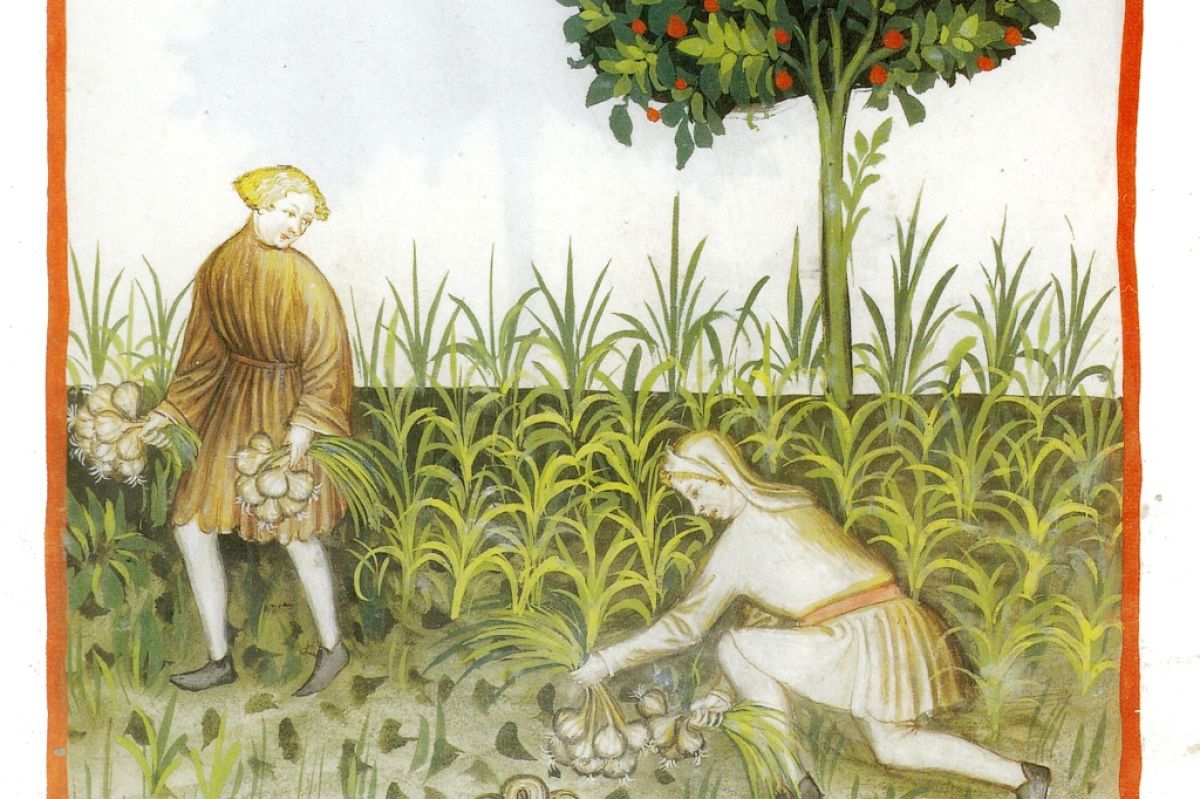During the Middle Ages in Britain, the monasteries were the places with the space and the knowledge to garden. Many monasteries were built on the ruins of Roman villas. A well and a fishpond to provide for Friday fasting were featured, as well as medicinal gardens and orchards with large open grass courts. There was a space to grow grapes for communion wine, beehives for honey, and vegetables for food.
Since the monks were literate, they had texts also that contained horticultural knowledge that was not available to the illiterate masses. A Franciscan monk authored an encyclopedia containing knowledge, and it described techniques such as grafting and other things that had been introduced during the Norman invasion.
New plant varieties were also obtained from monasteries on the continent. In the 16th century, Henry VIII destroyed all of the monastery gardens, so a great deal of horticultural knowledge and expertise, as well as botanical specimens, were lost.
Fortunately, however, by then some of the horticultural traditions had been transferred to members of the community, and commoners had some plum, apple, and pear trees in their own gardens, and also were growing vegetables for food and hemp and flax to spin into cloth.
This is Moya Andrews, and today we focused on the Middle Ages.










